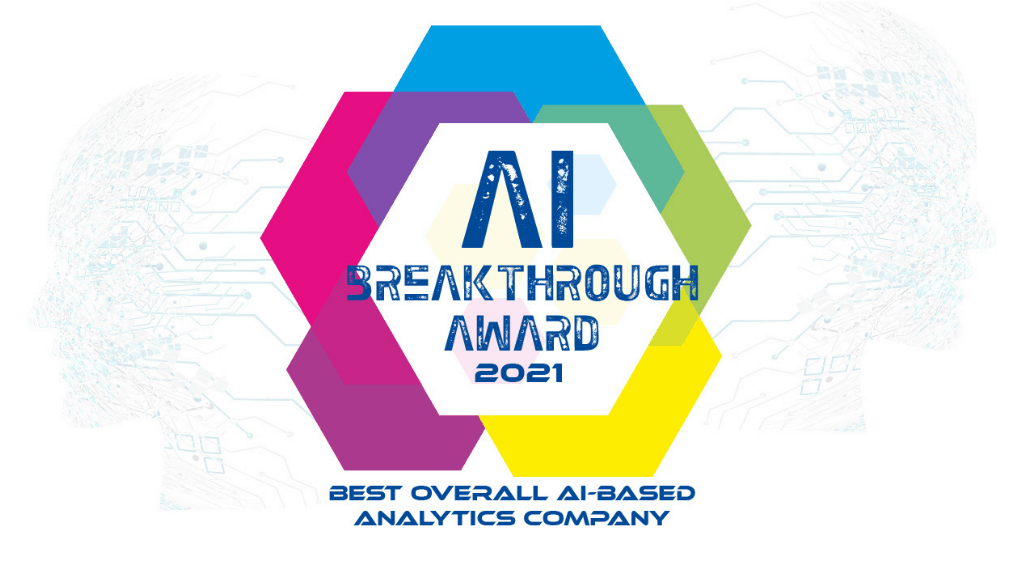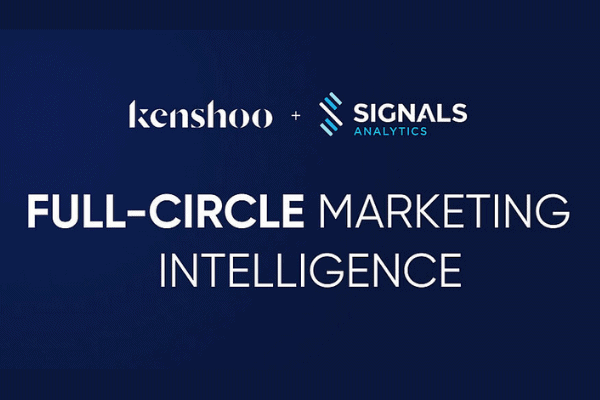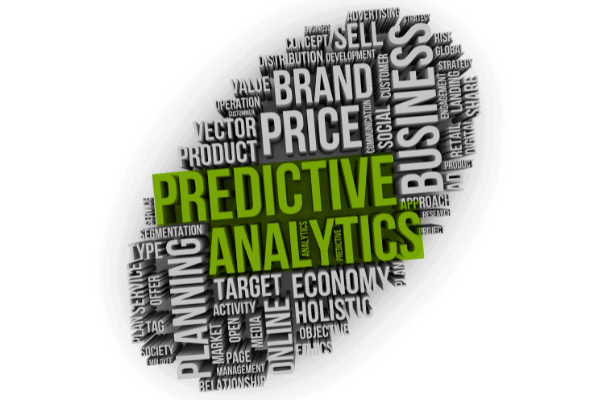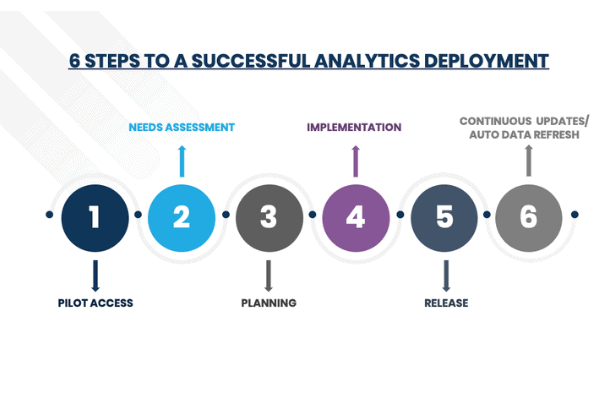According to Gartner, in the recently released Top 10 Trends in Data and Analytics, 2020 report (Gartner subscription required), “these data and analytics technology trends will help to accelerate renewal, drive innovation and rebuild society over the next three to five years. Data and analytics leaders must examine how to leverage these trends into ‘must have’ investments that enable recovery and reinvention after the reset.”
We believe that a good number of these “must haves” support our vision at Skai, especially around transformation and scaling business impact. By providing both the data and analytics in a configurable data platform, all the elements of a data fabric come together to provide actionable market intelligence that can drive business strategy and tactical outcomes in a cohesive way.
There are many businesses who have tried to implement analytics and have not been able to reap its benefits. Often times this failure is attributed to lack of access to accurate data, or to data that is not timely or relevant to the business, so it is hard to know what to do with it. Other times, the failure relates to lack of internal expertise, a break down between the data and the analytics and the business units that are supposed to take action. More often than not, the challenges simply have to do with internal processes and understanding of how to tie the data analytics to scaling business impact.
Platforms like Skai will allow business leaders to keep up with increasing volumes of data, especially those coming from external sources, and be able to address some of their biggest challenges.
Scaling business impact
Let’s take a closer look at some of the trends Gartner has outlined in the report through the Skai lens:
Decline of the dashboard. It’s been said that dashboards are not analytics, but what exactly does it mean? It comes down to the fact that dashboards are point in time views that provide a situational snapshot. This is not enough for making business decisions, for a business leader that needs to understand the “why” behind a trend. This is the difference between data and insight and where people and processes often times fall short.
According to the report, “business people still struggle to know which insights to act on, because, even with modern analytics and business intelligence (A&BI) platforms, insights are not contextualized, easily consumable, or actionable by the majority of users.” With external data, this is even harder. In the external data world, getting to the “why” in an actionable way, means understanding what is driving consumer sentiment, how consumers are reacting to product offers, uncovering gaps in unmet consumer needs, surfacing the reasons consumers gravitate towards certain products or messages and more.
Having this kind of foundational understanding will guide business decisions and lead to growth. So rather than provide dashboards, the Skai platform turns raw data into more than 100 business-ready analytic models that are used to support multiple use cases, and the continual feed ensures timely outcomes.
Data and analytics worlds. The promise of the data and analytics world is to be able to get from raw data to insights and action in a single swoop. But until now this has been broken up by different vendors and internal constraints, and especially by the limited availability of data science, machine learning and analytic expertise. Data management has been the purview of IT or the emerging Data Officer suite, while it is the business user that relies on and benefits most from the access and insight and having the processes and workflows separate limits the overall impact that analytics can have inside an organization.
By providing the data, managing the collection, the classification and the access in a single configurable platform, Skqi enables organizations to focus on taking action based on insights that are tailored for specific use cases and business questions for scaling business impact.
Use of third-party data increases the value of analytics. This one is easy as it has always been our mission to connect and harmonize a wide range of external data sources to surface trends and predictive insights.
More and more companies recognize that relying on internal data leaves significant gaps in understanding market dynamics and future potential. In fact, in a recent Deloitte survey, a whopping 92 percent of data analytics professionals said their firms needed to increase use of external data sources; 54 percent said their companies plan to increase spending on it. The reason this has not happened is the difficulties in sourcing, preparing, cataloguing and refreshing these data sources on a continual basis.
Skai sits at the heart of a robust data ecosystem feeding consumer-facing websites, third-party data sources as well as internal data into a robust advanced analytics engine driven by patented NLP and AI technologies that extract context and sentiment to produce the insights. The platform is open and can collect, transform and ingest any source at scale, using automatic QA and machine learning engines to cleanse and normalize the data so it can be processed and catalogued. Unique in being able to provide both the data and the analytics, the Skai platform makes external data analytics accessible to the enterprise at large for scaling business impact.
These data and analytic trends along with the others are a showcase for how well we believe that Skai is positioned to meet the needs of today’s enterprise.
————————————–
*This blog post originally appeared on Signals-Analytics.com. Kenshoo acquired Signals-Analytics in December 2020. Read the press release.





